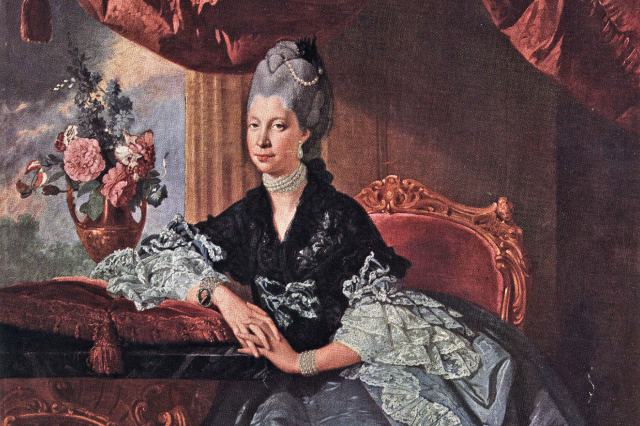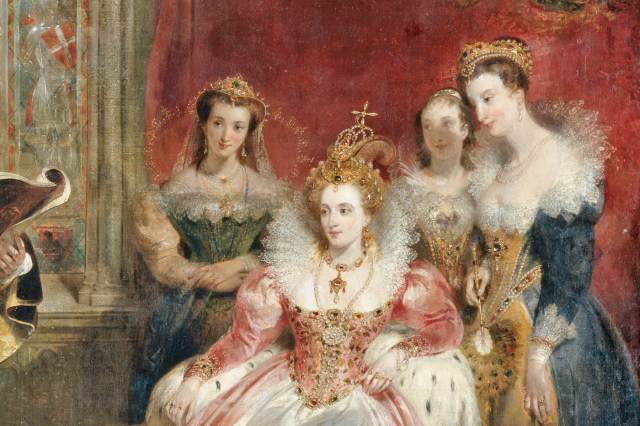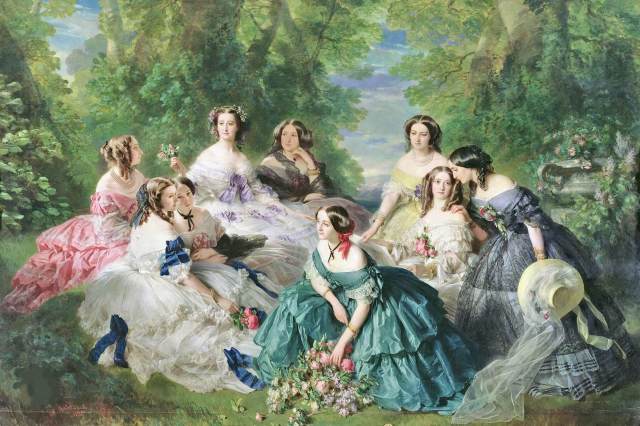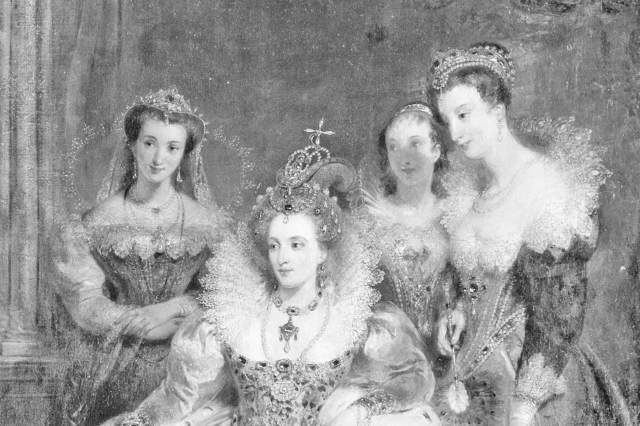6 Strange Rules Ladies-in-Waiting Had to Follow
Being born into royalty has always come with many unique privileges, including having a large number of servants and staff to cater to your every need and whim. One of the most trusted positions held in royal households has been that of the lady-in-waiting, or court lady, a title given to the companions of queens, princesses, and other female members of royal or noble lineage. While ladies-in-waiting may seem like relics of the past, they remain a fixture in many royal European courts, and being selected for the position is considered both a prestigious honor and a lifelong commitment. Upon her death in 2022, Queen Elizabeth II had several ladies-in-waiting, some of whom had served her for more than 60 years.
The origins of this royal role go back centuries, and the duties and expectations that come with it vary depending on the time period and the specific customs of the court. In the past, typical responsibilities included providing companionship, assisting with bathing and dressing, managing the wardrobe and jewelry, helping to navigate social situations, writing correspondence, overseeing servants, and running errands. Ladies-in-waiting have traditionally been chosen from noble and aristocratic families, and were selected based on their social standing, education, and suitability for the role.
Well educated and fluent in court etiquette, the ladies-in-waiting in European courts from the medieval era through the 19th century held a significant place in the royal entourage and played an indispensable role in supporting their mistresses across various aspects of their public and private lives. While there were many rules and expectations for royal ladies-in-waiting, here are a few of their more surprising responsibilities.

They Were Expected to Dedicate Their Lives to Their Mistress
While not a servant in the traditional sense, ladies-in-waiting were once expected to dedicate a considerable amount of time to their mistress’s needs, which sometimes meant giving up any personal life of their own. Queen Charlotte, the wife of King George III and queen of Great Britain and Ireland from 1761 until her death in 1818, had particularly rigid expectations for the court ladies who served her and her daughters. She did not allow outsiders into the palace and even forbade Fanny Burney, a senior lady-in-waiting who held the position of Keeper of the Robes, from maintaining or forming any relationships without the queen’s knowledge.

















